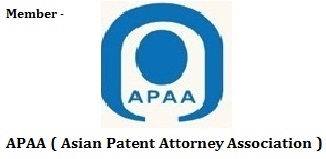ISO 9001:2008 Certification
In ISO 9001 Certification, highly competent market industries with ISO 9001 2008 certification hold a distinguished position. These industries hold an advantage over others and have gained trust credibility. The ISO 9001:2008 quality certification is based on the following eight fundamental quality management principles:
- Customer focus
- Leadership
- Involvement of people
- Process approach
- System approach to management
- Continual improvement
- Factual approach to decision making Mutually beneficial supplier relationships
Overview of the ISO 9001 : 2008 standard
ISO 9001:2008 contains five requirements sections, each dealing with one of the fundamental building blocks required by any process. These are:
Quality Management System:
This section details the general and documentation requirements that are the foundation of the management system. The general requirements ask you to look at the processes of the management system, how they interact with each other, what resources you need to run the processes; and how you will measure and monitor the processes. The second part of the section then sets out the requirements for the documentation needed to effectively operate the system and how the documentation should be controlled.
Management Responsibility:
The management of the systems is the responsibility of the “top management” at a strategic level in the organization. The “top management” must know customers’ requirements at a strategic level and make a commitment to meeting these as well as statutory and regulatory requirements. “Top management” must also set policies; and to achieve these policies set objectives through planning how the objectives will be met. “Top management” should also ensure that there are clear internal communications and that the management system is regularly reviewed.
Resource Management:
This covers the people and physical resources needed to carry out the processes. People should be competent to carry out their tasks and the physical resources and work environment need to be capable of ensuring that the customers’ requirements are met.
Product/Service realization:
These are the processes necessary to produce the product or to provide the service. This is the act of converting the input of the process to the output. For a manufacturing organization, this may be the process of converting iron ore to steel via a blast furnace for example. For a service organization, this may be the process of moving a product or person from one place to another, for example, a taxi journey.
Measurement analysis and improvement:
These are the measurements to enable the systems to be monitored to provide information on how the systems are performing with respect to the customer, the management systems themselves through internal audits, the processes and the product. Analyzing these, including any defect or shortfall in performance, will provide valuable information for use in improving the systems and products where this is required.
Each of these five fundamental building blocks is required for any process because, if one is missing, a controlled process does not occur.
The advantages of being ISO 9001:2008 compliance: –
- Improved outcome of process
- Professional image
- Increased customer confidence
- Better marketability
- Clarity of responsibility and authority
- Better and defined system
- Consistent Quality


